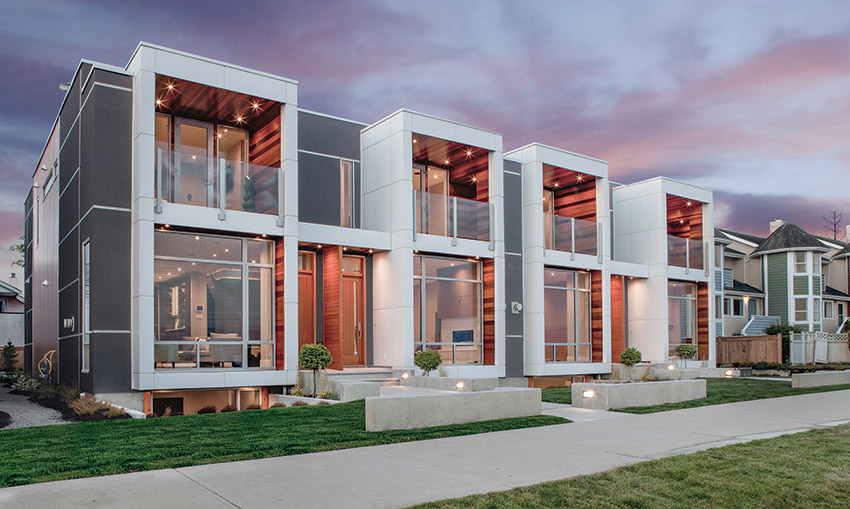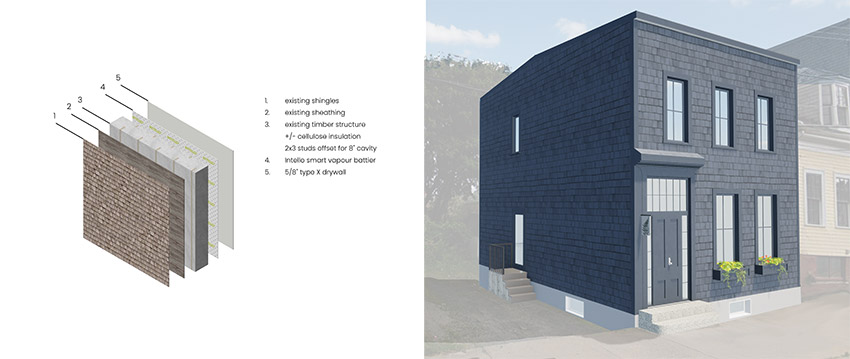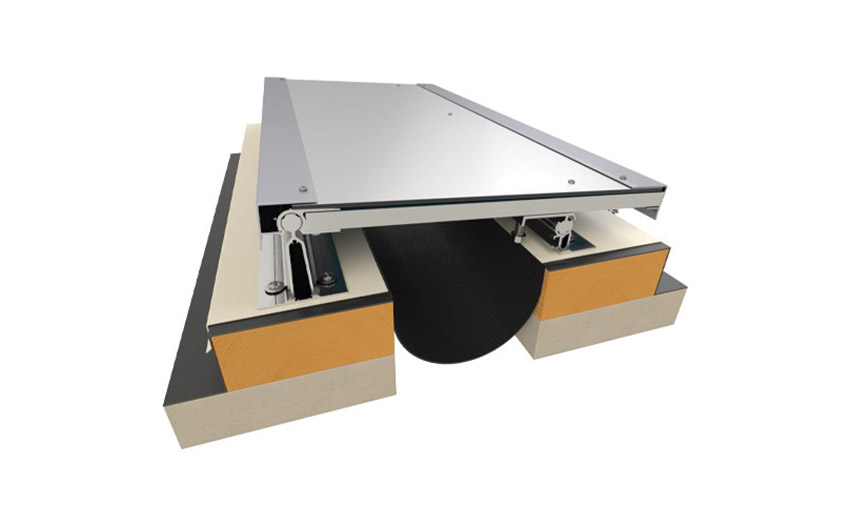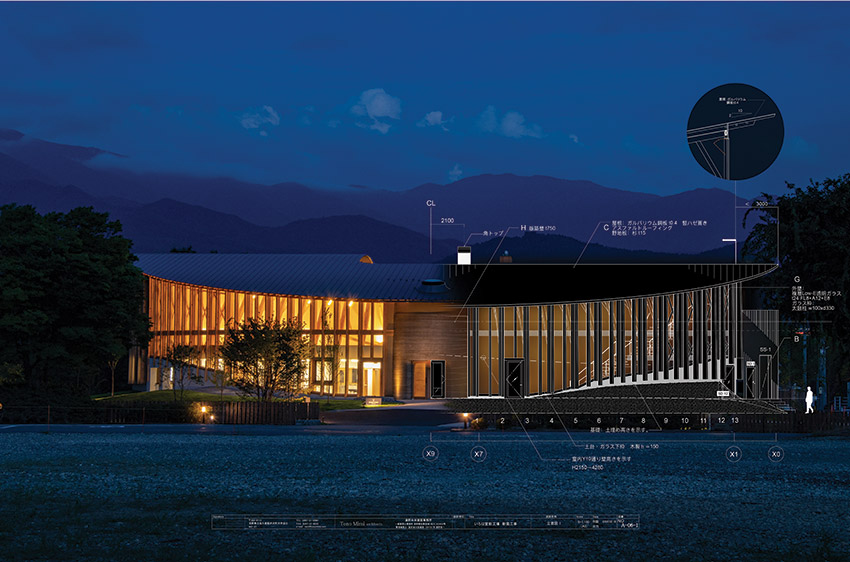Facades - The Ultimate Skin Care
Learning Objectives:
- Identify different strategies for creating sustainable, integrated building facades that meet aesthetic and performance needs.
- Assess the safety performance aspects of properly incorporating expansion joints into building facades.
- Explain the multiple ways that the use of Building Information Modeling (BIM) can help create facades that contribute to health, wellness, and safety.
- Determine how the proper use of expansion joints help with occupant safety and fire resistance in building facades.
Credits:
This course is approved as a Structured Course
This course can be self-reported to the AANB, as per their CE Guidelines
Approved for structured learning
Approved for Core Learning
This course can be self-reported to the NLAA
Course may qualify for Learning Hours with NWTAA
Course eligible for OAA Learning Hours
This course is approved as a core course
This course can be self-reported for Learning Units to the Architectural Institute of British Columbia
On all buildings, the outer skin (e.g., the facade) performs all of the same functions that the skin on our body does. In both cases, it is the skin that protects the inside from the elements like sun, rain, and wind. It regulates the flow of moisture by allowing it to permeate through the skin when needed or prevent it from passing at other times. It helps regulate our temperature in conjunction with insulating layers. It absorbs or reflects light and heat based on the color and texture. In some cases, it can be self-healing or otherwise easy to repair when damaged. And, of course, we want it to look good and healthy not just today but over many years. In this course, we address these multiple aspects of building skins including their role in creating sustainable buildings. While the part we see is the outer surface of the facade, buildings like people, are much more than just skin deep.

Photo courtesy of Low Hammond Rowe Architects
Dallas Road Townhouses. Building facades come in all types, styles, shapes, and sizes, yet they all need to be designed well for reasons of aesthetics, safety, sustainability, and overall performance.
SUSTAINABLE FACADE DESIGN
Facade design is part of every building project. The style, character, and visual appeal of a building are all part of the design considerations. In addition, the performance in terms of energy flows, water control, moisture management, and impact on the surrounding environment all come into play too. Most facades are a combination of opaque wall areas and fenestration, each with their own contributions, or detractions, from the appearance and performance of a facade.
A primary design requirement from building owners, building codes, and voluntary standards is that the facade must meet criteria for sustainability and resilience. Doing so is a multi-step process with many different, sometimes competing, considerations. Fortunately, things have evolved to the point where aesthetics and sustainable performance can be blended into a complementary and successful solution. The application of continuous insulation over a structural system of whatever type is becoming more common and readily achievable to produce higher thermal performance in most climate zones across the US and Canada. Air and water barrier products are more plentiful with more options for application types to effectively control air infiltration and manage vapor transmission. Cladding and rain screens have become well developed including some sophisticated means for supporting them. All of these components go into a facade design, so understanding not only their purpose, but also their material makeup plays directly into creating a sustainable facade.

Images courtesy of Habit Studio
Falkland Street Project. BIM software allows designers to visualize different building designs while providing data related to performance and sustainability.
Design Strategies
Architects and other building design professionals seeking to achieve sustainable facades can learn from some strategies that have been successfully used by others including the following.
- Consider Lightweight Cladding: Less weight usually translates into less structure to hold it up─not only in the framing but also in the foundation. In particular, the use of lightweight metal in facades can include rolled steel sheets, metal cladding panels, or composite metal panels. Metal building products, such as steel and aluminum, typically contain high amounts of recycled material thus lowering the amount of embodied carbon in the products. Masonry and concrete or other cement-based products are fossil fuel intensive to produce with high levels of embodied carbon. Metal fabrication can have even lower carbon footprints when the electricity used in the process comes from renewable resources like wind, solar, or hydropower. Finally, the ability to recycle and upcycle metal materials at the end of their service life also improves their sustainability.
- Prioritize Adaptive Reuse or Historic Preservation: It is often said that the most sustainable building is an existing one. The same is true of facades. If a building renovation project includes facade work, focus first on the ability to save and re-use what is there before automatically assuming everything has to be removed and done over. This could include selectively removing only things that are outdated or deteriorated but keeping the things that are still usable while their replacement would create more work, and more emissions, to produce and install.
- Account for Siting and Building Orientation: Facade skins can always get a little help from their surroundings. Siting and building orientation play a big role in the amount of wind, sun, and weather that a building facade is exposed to─and it may be different on different sides of a building. Trees and other vegetation can provide some shade and protection while surrounding buildings in an urban setting can do the same thing. In cases where facades are fully exposed, adding elements over fenestration is a common approach to improve shading and overall performance. Strategies can include horizontal or vertical sun shading systems as conditions call for. They can also include planted green facades to add a natural, biophilic solution.
- Anticipate Climate Extremes: Many buildings are being subjected to more extreme conditions than previously due to climate change. The frequency and severity of storms and the intensity of temperature and wind conditions have made historical data alone unreliable as a design guide. Similarly, climate zone designations have been a useful benchmark for climate conditions, but individual sites can have widely varying conditions. Hence, it has become prudent to include measures for increased resistance to these extremes as a means of creating more resilient, and therefore more sustainable, buildings.
The design process of achieving a truly sustainable facade has changed in recent years. It is no longer a matter of just picking a few products out of a catalog and calling it done. Rather, detailed information is needed not only on the technical aspects of the products’ performance but also on their ability to be compatible with other products and with building codes. Similarly, there is a need to have information about the environmental impacts of the products selected which is often found in Environmental Product Declarations (EPDs). Managing all this data can be quite difficult if done manually or in a piecemeal fashion. It is more effective to use computer-based data coordinated with Building Information Modeling (BIM) software. A key advantage of BIM software is that it provides the ability to readily visualize, test, and analyze a variety of different building facade designs in order to arrive at the best outcome. The algorithms and visualization tools inherent in BIM inform design professionals how a specific project will both look and perform in a particular site and in light of the natural elements there. In this way, an integrated planning and design process can be employed to ensure a project is set up for success to meet all project goals, including sustainability, from inception through to completion.
Notice

www.inprocorp.com/

www.vectorworks.net


















